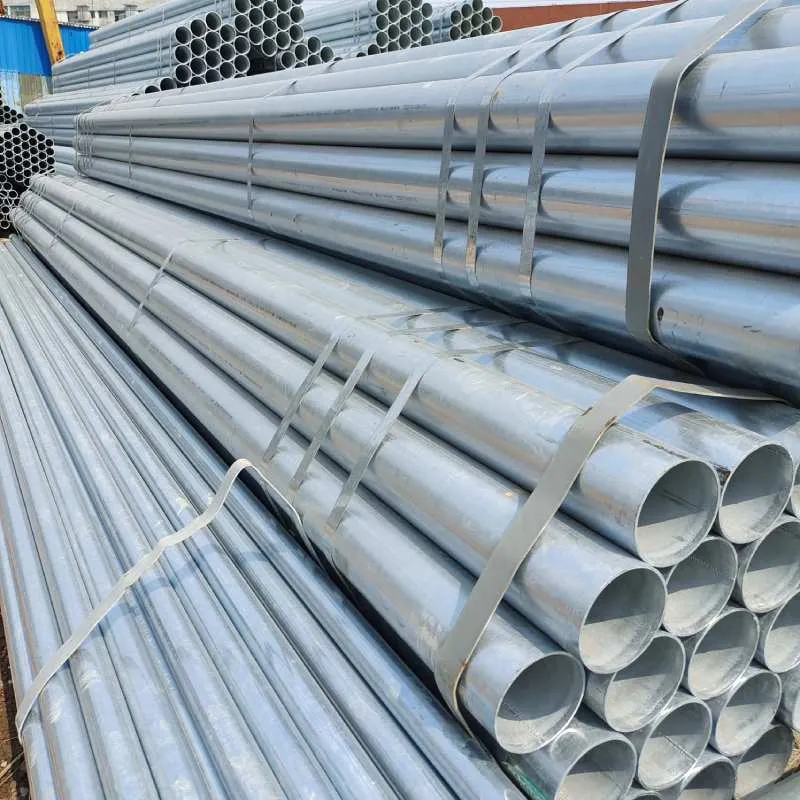-
Cangzhou Yulong Steel Co., Ltd.
-
Phone:
+86 13303177267 -
Email:
admin@ylsteelfittings.com
- English
- Arabic
- Italian
- Spanish
- Portuguese
- German
- kazakh
- Persian
- Greek
- French
- Russian
- Polish
- Thai
- Indonesian
- Vietnamese
- Zulu
- Korean
- Uzbek
- Hindi
- Serbian
- Malay
- Ukrainian
- Gujarati
- Haitian Creole
- hausa
- hawaiian
- Hebrew
- Miao
- Hungarian
- Icelandic
- igbo
- irish
- Japanese
- Javanese
- Kannada
- Khmer
- Rwandese
- Afrikaans
- Albanian
- Amharic
- Armenian
- Azerbaijani
- Basque
- Belarusian
- Bengali
- Bosnian
- Bulgarian
- Catalan
- Cebuano
- China
- China (Taiwan)
- Corsican
- Croatian
- Czech
- Danish
- Esperanto
- Estonian
- Finnish
- Frisian
- Galician
- Georgian
- Kurdish
- Kyrgyz
- Lao
- Latin
- Latvian
- Lithuanian
- Luxembourgish
- Macedonian
- Malgashi
- Malayalam
- Maltese
- Maori
- Marathi
- Mongolian
- Myanmar
- Nepali
- Norwegian
- Norwegian
- Occitan
- Pashto
- Dutch
- Punjabi
- Romanian
- Samoan
- Scottish Gaelic
- Sesotho
- Shona
- Sindhi
- Sinhala
- Slovak
- Slovenian
- Somali
- Sundanese
- Swahili
- Swedish
- Tagalog
- Tajik
- Tamil
- Tatar
- Telugu
- Turkish
- Turkmen
- Urdu
- Uighur
- Welsh
- Bantu
- Yiddish
- Yoruba

Nov . 11, 2024 04:43 Back to list
Welded 90 Degree Elbow Specifications and Applications in Piping Systems
Understanding Weld 90 Degree Elbows A Comprehensive Guide
In the realm of piping systems, the need for versatility and reliability is paramount. One of the essential components that facilitate these attributes is the 90 degree elbow fitting. Commonly used in a variety of industries, the weld 90 degree elbow plays a critical role in directing flow within pipes, thereby ensuring efficient system operations.
What is a Weld 90 Degree Elbow?
A weld 90 degree elbow is a type of pipe fitting that changes the direction of flow in a piping system by 90 degrees. This fitting is specifically designed to be welded onto pipes, creating a strong and permanent connection. The weld joint not only enhances the strength of the connection but also helps to maintain the integrity and durability of the piping system.
Typically made from materials such as stainless steel, carbon steel, or plastic, these elbows are available in various sizes and thicknesses. The choice of material often depends on the specific application and the environmental factors the system may be exposed to, such as temperature, pressure, and chemical compatibility.
The Importance of 90 Degree Elbows in Piping Systems
The significance of 90 degree elbows in piping cannot be overstated
. Here are a few reasons why they are crucial1. Direction Change As the name suggests, the primary purpose of a 90 degree elbow is to change the direction of fluid flow within the pipes. This is essential in complex piping systems where space constraints or layout designs necessitate directional changes.
2. Reduced Flow Turbulence Using 90 degree elbows can help reduce flow turbulence compared to other types of fittings, such as sharp bends. This is particularly important in systems that transport fluids at high velocities, as excessive turbulence can lead to increased wear and tear on pipes and fittings, as well as inefficient flow rates.
3. Easy Installation Welding 90 degree elbows onto pipes is a relatively straightforward process, making installation faster and more efficient. This ease of installation can greatly reduce labor costs on large projects.
Applications of Weld 90 Degree Elbows
Weld 90 degree elbows are utilized across a wide variety of industries, including but not limited to
weld 90 degree elbow

- Oil and Gas In oil and gas pipelines, these elbows are crucial for directing flow from one section to another, ensuring that the transportation of hydrocarbons remains steady and efficient.
- Chemical Processing Chemical plants often require highly specialized piping systems to transport corrosive and volatile substances safely. Weld 90 degree elbows made from resistant materials are frequently used in such applications.
- Water and Wastewater Treatment These fittings are essential in municipal water systems, where they help to control the flow of water and manage the distribution within treatment facilities.
- HVAC Systems In heating, ventilation, and air conditioning systems, 90 degree elbows may be used in ductwork to guide airflow efficiently.
Choosing the Right Weld 90 Degree Elbow
When selecting a weld 90 degree elbow, several factors must be considered
- Material Compatibility Ensure that the material of the elbow is compatible with the pipes and the fluid being transported. For instance, a stainless-steel elbow may be preferred for corrosive fluids, while carbon steel may suffice for less aggressive substances.
- Size and Diameter The size of the fitting must match the pipe diameter to maintain a uniform flow. Proper sizing helps to minimize pressure losses and uneven flow distribution.
- Type of Weld Different welding methods, such as TIG or MIG welding, can be utilized depending on the specific requirements of the project. It’s essential to choose the welding method that best fits the application and available resources.
Conclusion
Weld 90 degree elbows are indispensable components in modern piping systems. Their ability to facilitate direction changes while maintaining flow integrity makes them a cornerstone of efficient fluid transport. Whether in industrial applications or residential plumbing, the significance of these fittings cannot be overlooked. Understanding their function, applications, and selection criteria will ensure that engineers and contractors can design and maintain effective piping systems that stand the test of time.
Latest news
-
ANSI 150P SS304 SO FLANGE
NewsFeb.14,2025
-
ASTM A333GR6 STEEL PIPE
NewsJan.20,2025
-
ANSI B16.5 WELDING NECK FLANGE
NewsJan.15,2026
-
ANSI B16.5 SLIP-ON FLANGE
NewsApr.19,2024
-
SABS 1123 FLANGE
NewsJan.15,2025
-
DIN86044 PLATE FLANGE
NewsApr.19,2024
-
DIN2527 BLIND FLANGE
NewsApr.12,2024
-
JIS B2311 Butt-Welding Fittings LR/SR 45°/90° /180°Seamless/Weld
NewsApr.23,2024











